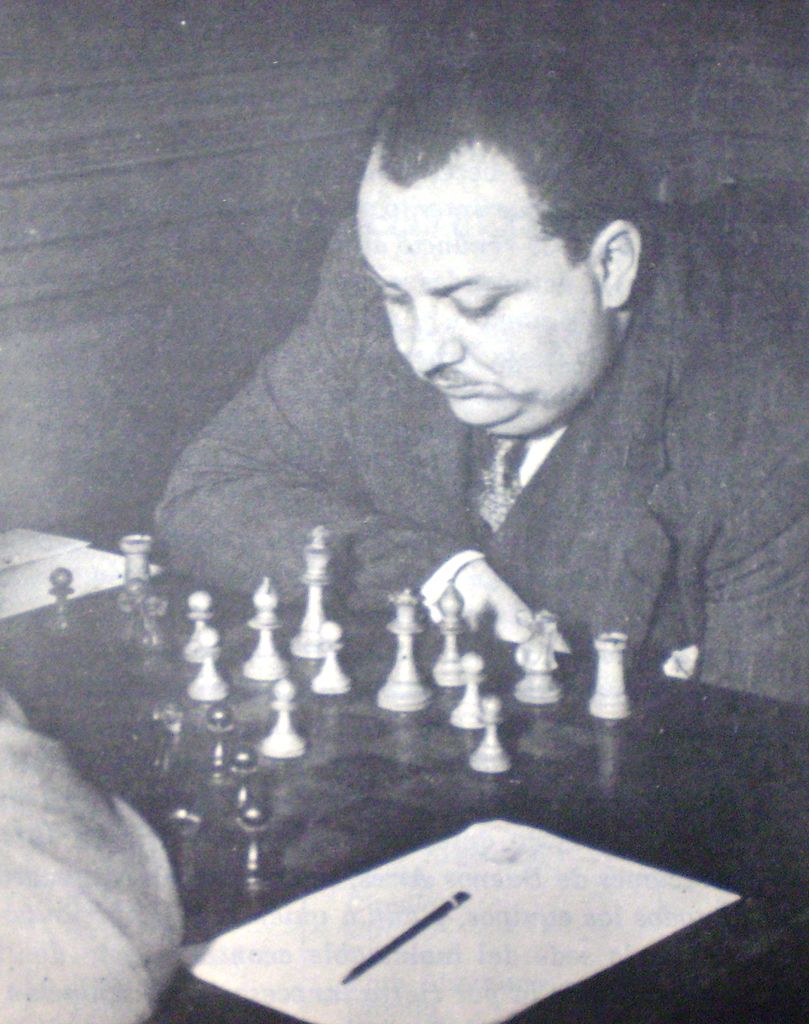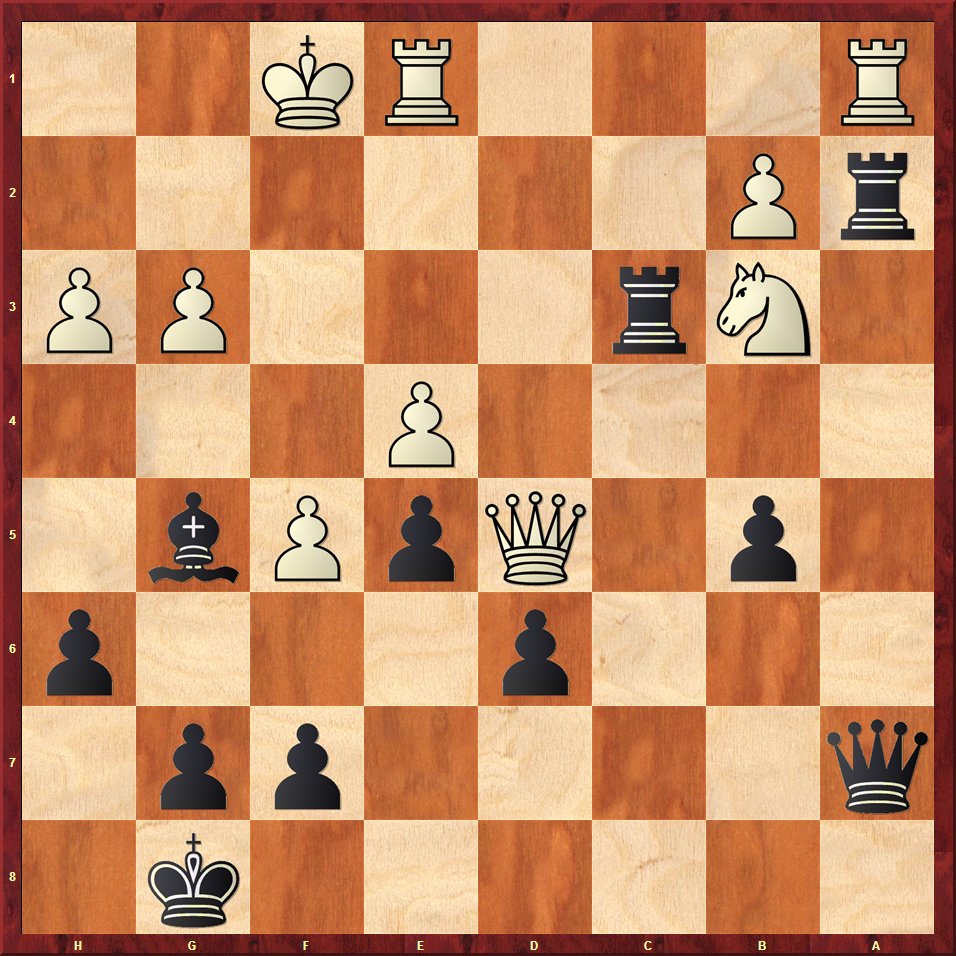Secrets of Zen Chess
During my chess break, I ran into a friend of mine who loves chess and who had been in Japan doing a 4 week Seshin at a Japanese Zen Monestary.I asked him if he had time to practice his chess while at the monestary, and he told me that he had not, but that he had briefly spoken to a monk named Tezin, who also loved chess and was a pretty good player. He told me that Tezin had told him how his chess had improved in the last two years even though he did not practice as much as before he became a monk. Tezin told him that he attributed his chess improvement to what he called the ‘Secrets of Zen Chess’.
I was very interested in hearing these so called secrets of chess improvement, and begged my friend to tell me what Tezin had relayed to him… so here goes:
Less is More
– Less focus on ratings and more focus on enjoyment & playing a beautiful game.
– Less focus on reading books and more focus on practice.
– Less focus on chess and more focus on solving the problems on the board.
Impermanence
– Because the position is always in flux, you need to adapt your plans and be flexible at all times.
– Because of the fluidity of the position, the position needs to be reassessed every few moves.
– Realize that dynamic advantages don’t last forever…take advantage of them while you have them.
Practice
– Practice for the sake of practice.
– Practice for the beauty of the game.
– Practice because you love to practice.
Cause and effect
– Consider the cause and effect of every move.
– Consider how has the position changed after your opponent’s move
– Consider how has the position changed after your move.
– Consider if there are any tactical conditions on the board.
Mindfulness
– Be mindful of the game, you must become one with the board.
– Be mindful of the harmony of your pieces.
– Be mindful of the position, get to the marrow of board.
– Be mindful of threats against you.
– Be mindful of your threats against your opponent.
– Be mindful of checks, captures and threats.
Harmony
– How can I improve the harmony of my pieces?
– How can I disrupt the harmony of my opponent’s pieces?
– How can I improve the weaknesses in my camp?
– How can I create weaknesses in my opponent’s camp?
Mastery lies in a convergence of skills that are already a part of you and not new knowledge derived from books. Mastery lies through practice that will lead you to uncover those things that are already inside you. Mastery lies in being mindful in life and at the board, so that you will know what your opponent’s plan is before your opponent realizes what his plan is. Mastery will be attained once you stop trying to attain mastery.
These are the keys to mastery and these are the secrets of zen chess.
During my most recent chess break, I ran into a friend of mine who loves chess and who had been in Japan doing a 4 week Seshin at a Japanese Zen Monestary.I asked him if he had time to practice his chess while at the monastery, and he told me that he had not, but that he had briefly spoken to a monk named Tezin, who also loved chess and was a pretty good player. He told me that Tezin had told him how his chess had improved in the last two years even though he did not practice as much as before he became a monk. Tezin told him that he attributed his chess improvement to what he called the ‘Secrets of Zen Chess’.
I was very interested in hearing these so called secrets of chess improvement, and begged my friend to tell me what Tezin had relayed to him… so here goes:
Less is More
– Less focus on ratings and more focus on enjoyment & playing a beautiful game.
– Less focus on reading books and more focus on practice.
– Less focus on chess and more focus on solving the problems on the board.
Impermanence
– Because the position is always in flux, you need to adapt your plans and be flexible at all times.
– Because of the fluidity of the position, the position needs to be reassessed every few moves.
– Realize that dynamic advantages don’t last forever…take advantage of them while you have them.
Practice
– Practice for the sake of practice.
– Practice for the beauty of the game.
– Practice because you love to practice.
Cause and effect
– Consider the cause and effect of every move.
– Consider how the position has changed after your opponent’s move
– Consider how the position has changed after your move.
– Consider if there are any tactical conditions on the board.
Mindfulness
– Be mindful of the game, you must become one with the board.
– Be mindful of the harmony of your pieces.
– Be mindful of the position, get to the marrow of the board.
– Be mindful of threats against you.
– Be mindful of your threats against your opponent.
– Be mindful of checks, captures and threats.
Harmony
– How can I improve the harmony of my pieces?
– How can I disrupt the harmony of my opponent’s pieces?
– How can I improve the weaknesses in my camp?
– How can I create weaknesses in my opponent’s camp?
Mastery lies in a convergence of skills that are already a part of you and not new knowledge derived from books. Mastery lies through practice that will lead you to uncover those things that are already inside you. Mastery lies in being mindful in life and at the board, so that you will know what your opponent’s plan is before your opponent realizes what his plan is. Mastery will be attained once you stop trying to attain it.
These are the keys to mastery and these are the secrets of Zen chess.









